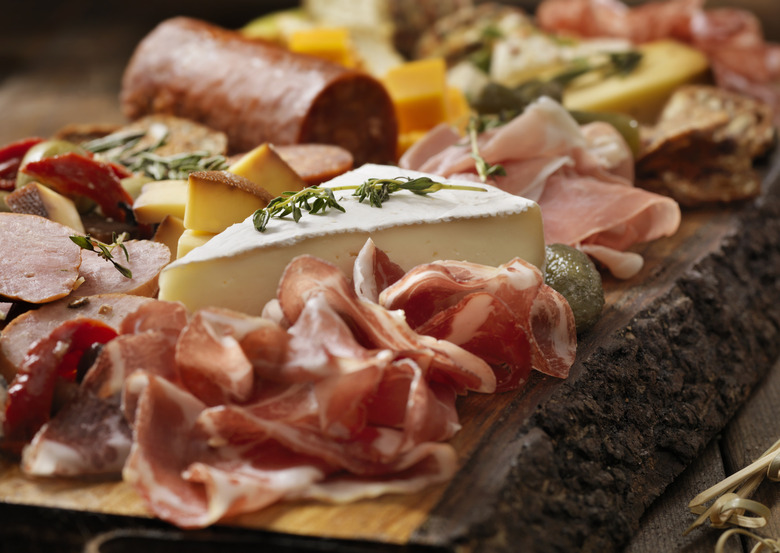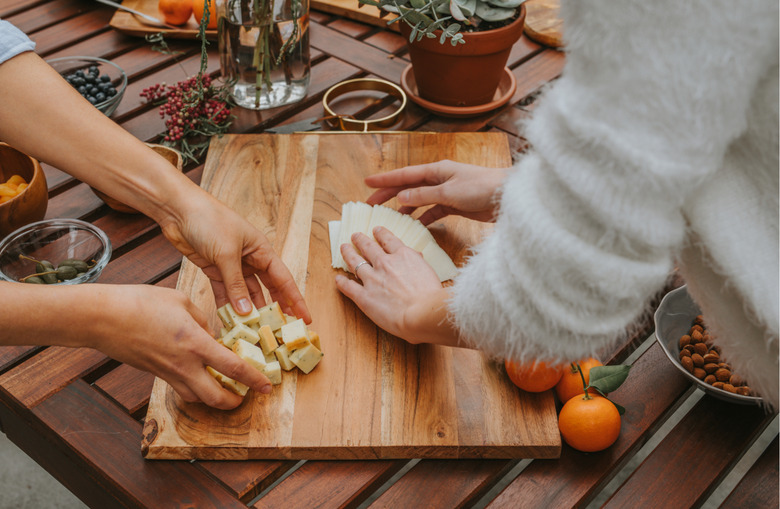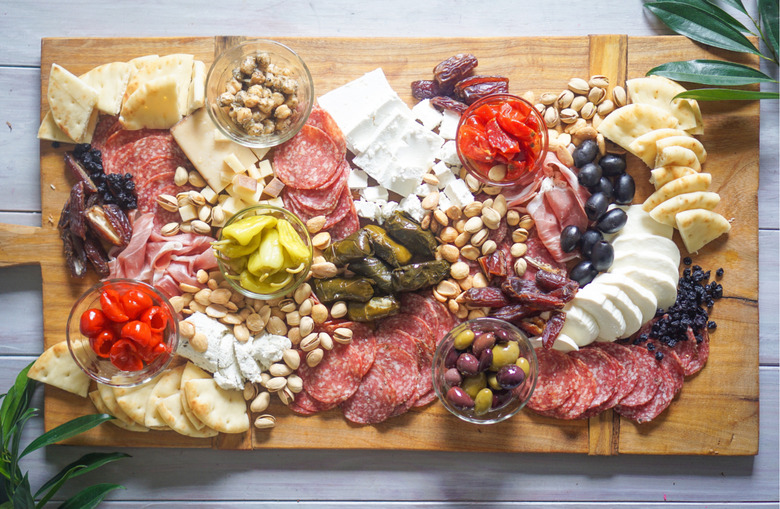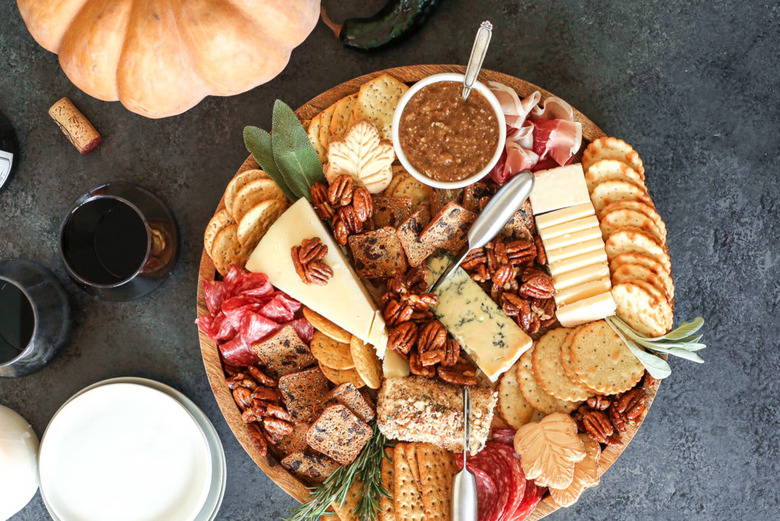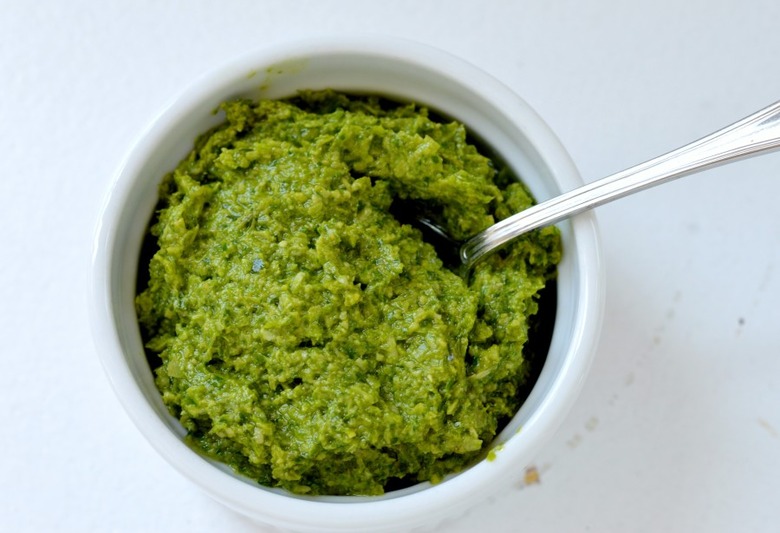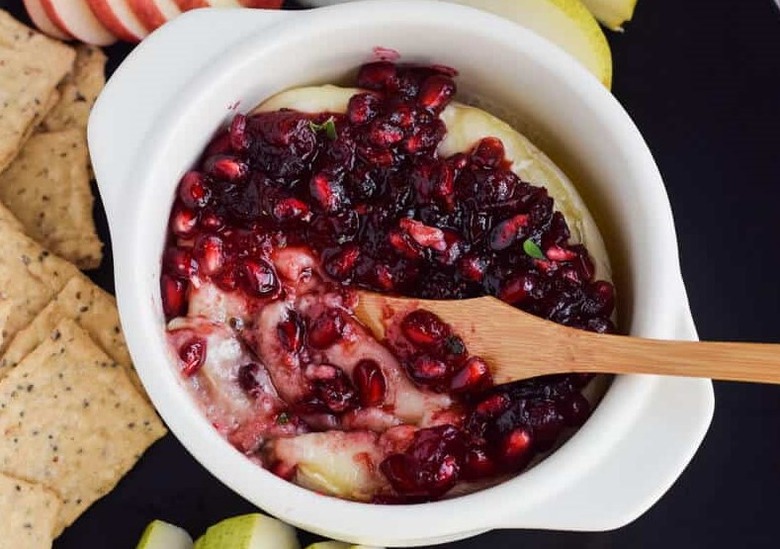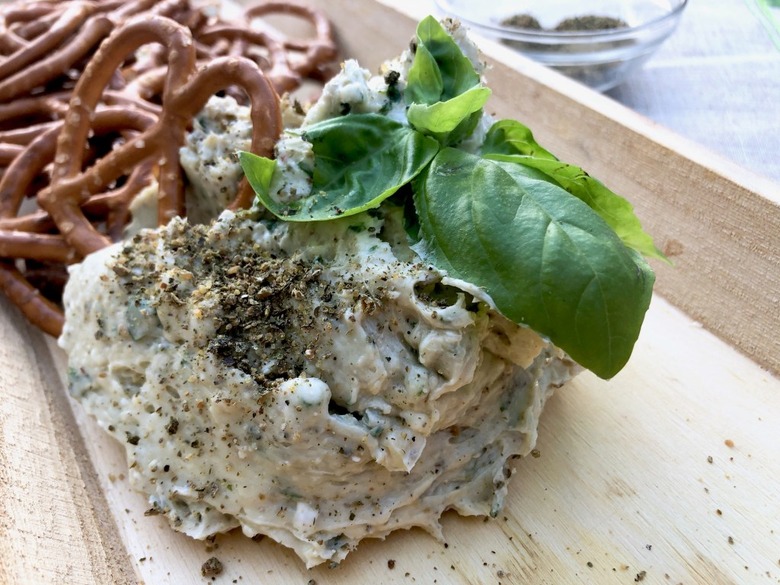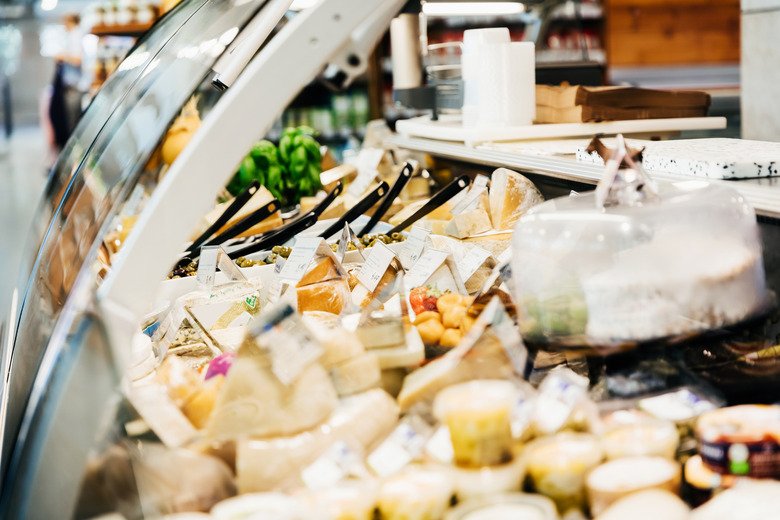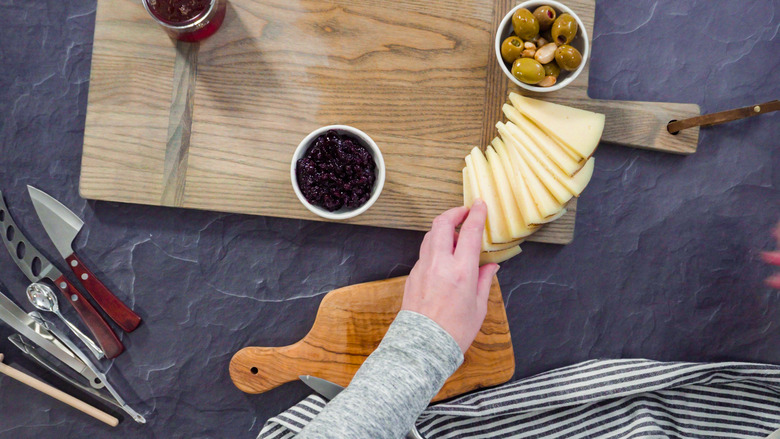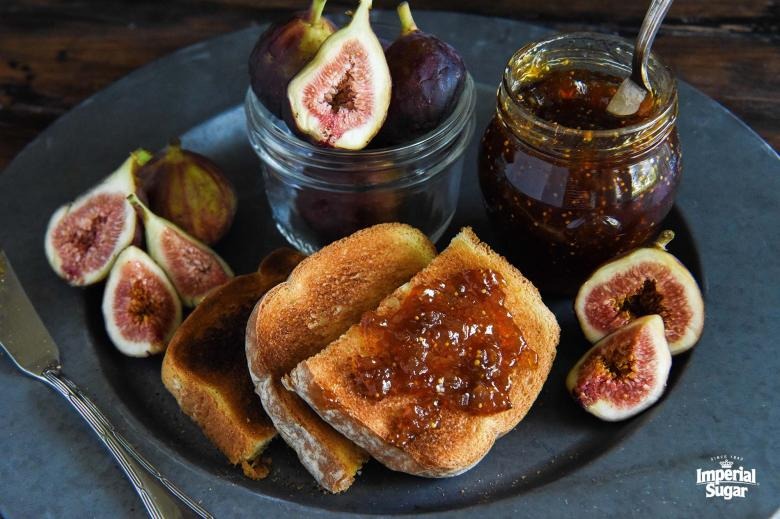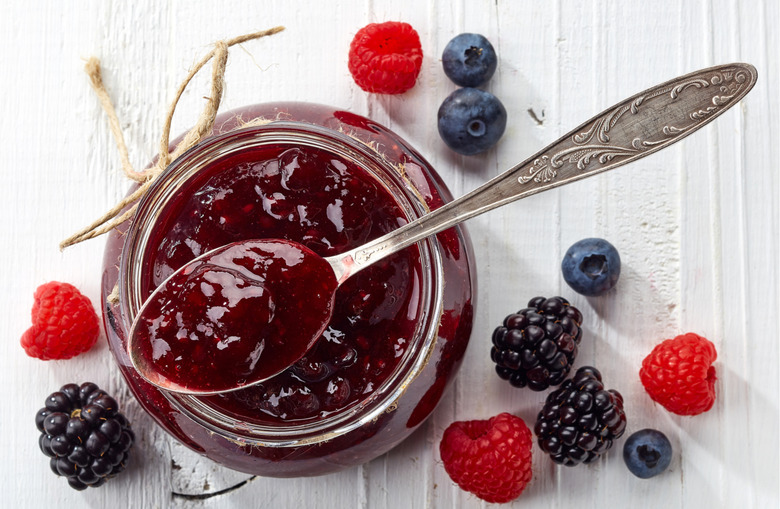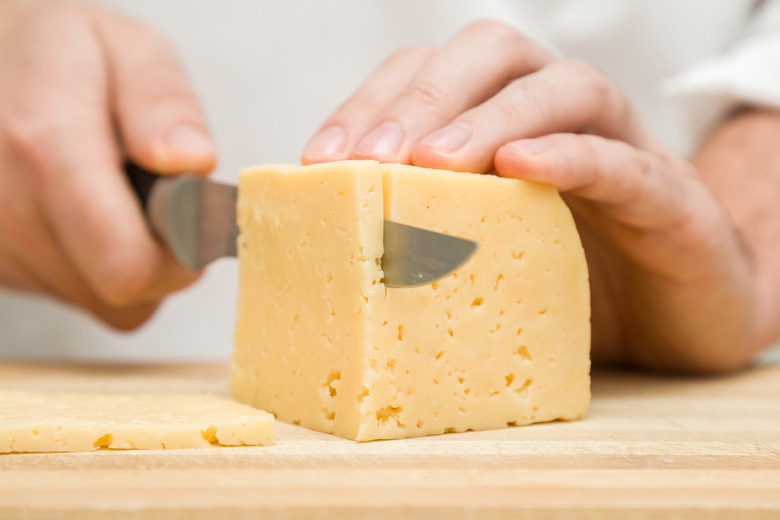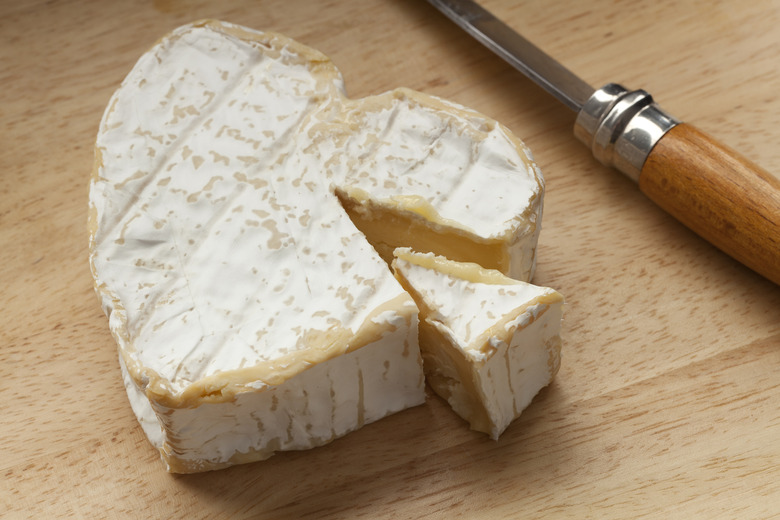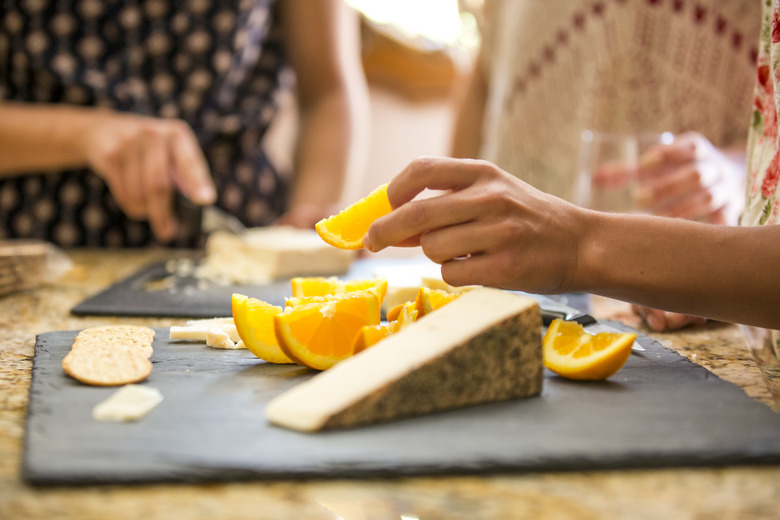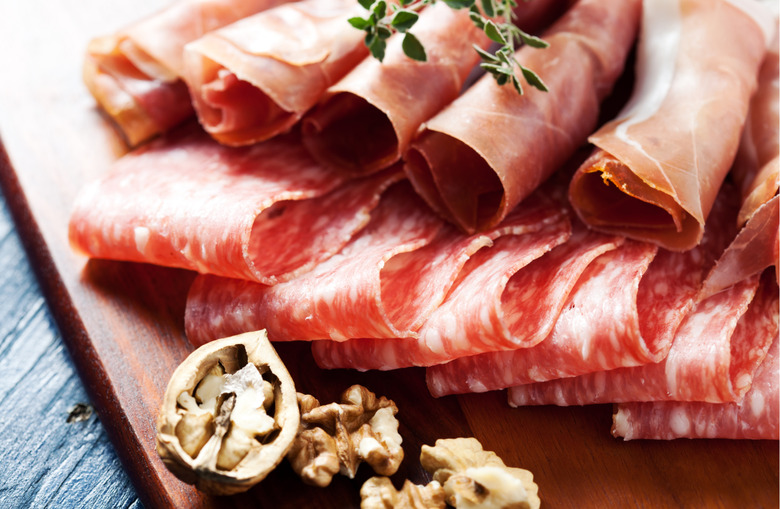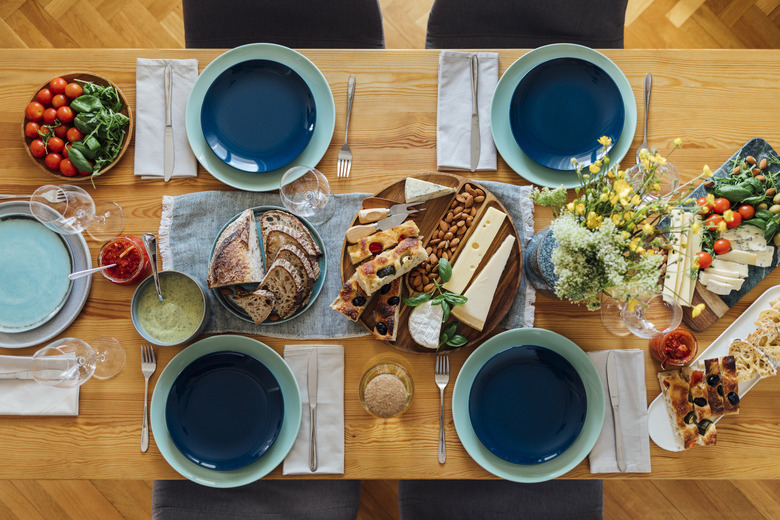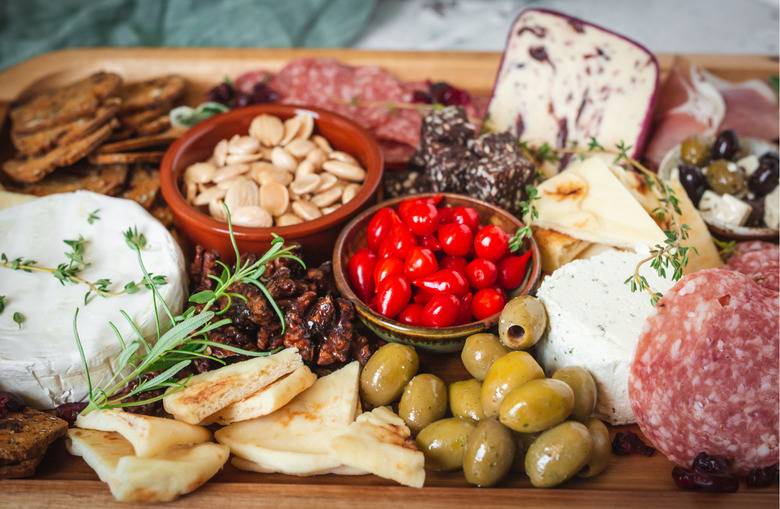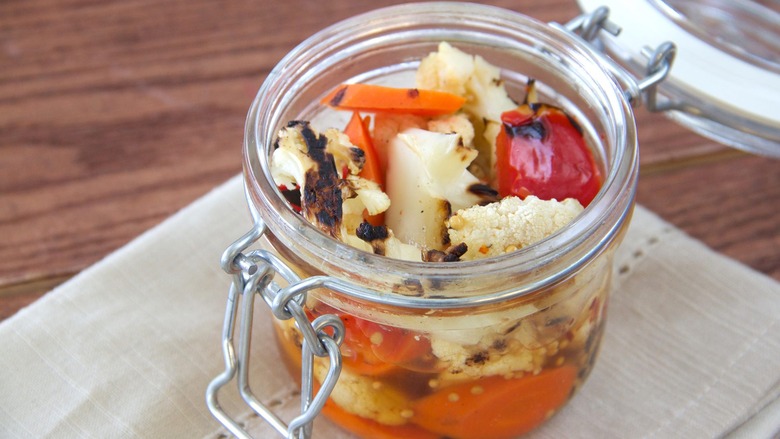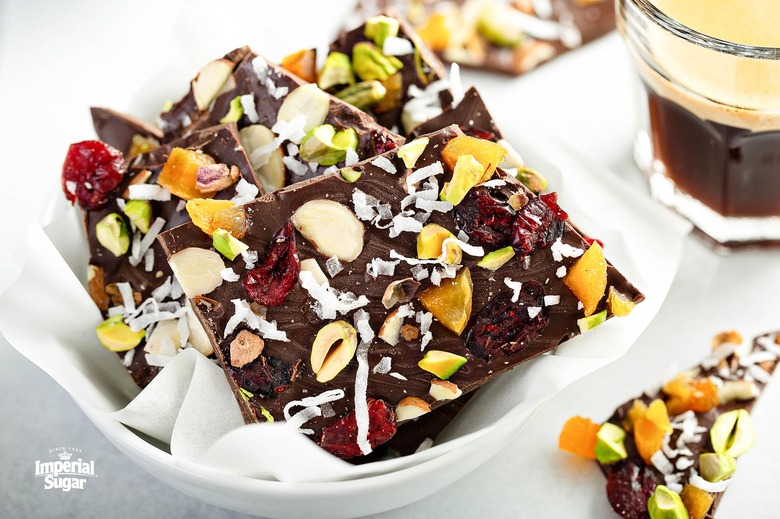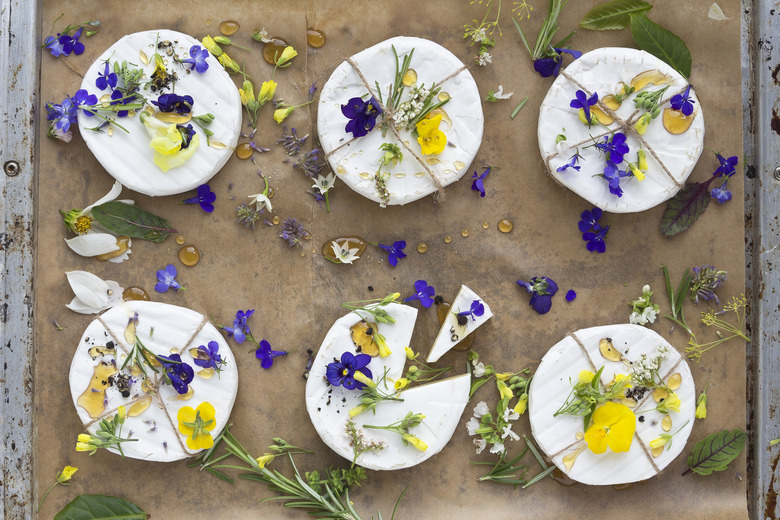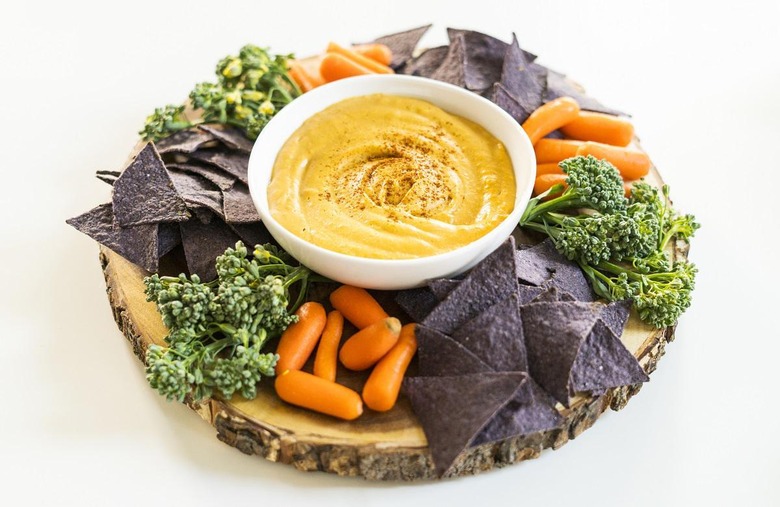Charcuterie Board Ideas, Tips, Recipes And More
They might seem simple or old-fashioned, but charcuterie boards and cheese boards are retro dishes that have made a comeback in recent years. Not only do they make for great appetizers or snacks, but when done with a little artistic flair, they make for inviting centerpieces that add another special element to your spread, whether you're at a holiday gathering or it's just a Tuesday with friends. Putting together a charcuterie board is a relaxing and creative activity, but it does take a bit of inspiration and strategizing. Here are some basic tips to put together a picture-perfect charcuterie board.
Know your building blocks
First things first, there are basic building blocks to a successful charcuterie plate. According to Marissa Mullen of viral Instagram accounts That Cheese Plate and Cheese By Numbers, these elements can be categorized as: cheese, meat, produce, crunch, dip and garnish. Produce includes fruit or vegetables, while crunch can include breads, nuts, crackers or crostini. Dips can range from sweet jams to savory hummus or olive tapenade. Aim to have at least one of each element on your board.
Find the right size board
You don't need to buy something specifically for charcuterie boards; a large cutting board or serving platter can work. For an appetizer board, you should aim for about 3 ounces of cheese per person, and your serving surface should be large enough to accommodate that along with your other elements. Mullen recommends an 8-inch plate for two to four people, a 10-inch plate for four to six people, a 12-inch plate for six to eight people and a 15-inch plate for eight to 12 people.
Choose a theme
To help make your charcuterie board cohesive, consider choosing a theme before choosing the elements. It could be as simple as the season or the holiday when you're serving it or themed around the flavors of a particular country, region or town. You can also take inspiration from a favorite film, song or feel-good TV show. If you're making your board for Thanksgiving, here is a recipe for what to include.
Stick to a budget
Charcuterie boards might seem high-brow, but they work for cocktail parties and game day alike. However, they can easily get expensive, so it's wise to start out with a budget in mind. While there are more luxurious versions, there are plenty of cheeses, meats and crackers that taste great and won't break the bank. Shop seasonal produce to save money on your fruits and vegetables. For example, in the spring, asparagus, radishes and carrots all pair well with a herbaceous homemade pesto.
Offer a variety of cheeses
Charcuterie boards are all about variety and different flavor and texture combinations, so when selecting your cheeses, don't play it safe. Offer a more mild cheese alongside something more punchy, even "stinky." Consider different milk types such as goat cheese or sheep's milk cheese. And mix hard and soft cheeses, like mixing Mimolette with a classic warm and gooey baked brie.
Balance textures
Aside from the cheeses, the rest of your board should be balanced as well. Consider hard, soft and spreadable meat textures, like summer sausage, prosciutto and pate. You can also have dried, fresh and preserved fruits. A creamy or cheesy spread can also work nicely with your other cheese selections.
Get an expert opinion
There are so many amazing cheese varieties from around the world — it can be overwhelming to know where to start or what pairs well together. Thankfully, there are professionals who can help guide you. Whether you're shopping at a specialty shop or your local grocery store, ask the cheesemonger at the counter for their recommendations. If you've already got a cheese, like cheddar, or a spread, such as apricot-jalapeno jelly, that you want to use, ask what would go well with that.
Build strategically
Meat and cheese are the basic building blocks of your board. You should place your cheese first on your board, especially any large pieces, then build around that with your meats. Place your produce, breads and crackers next. Smaller elements like nuts, fruits and other garnishes should be added last.
Serve spreads and dips separately
The beauty of charcuterie boards is that people can mix and match things on the board together to customize a delightful bite. So don't directly drizzle anything onto your meats or cheeses. Any dips, oils, sauces or spreads, like a fresh fig fruit spread, should be kept separate.
Include sauces, dips or jams on the plate
While they should be kept separate from your meat and cheese, any spreads or dips should still be incorporated into the charcuterie board itself. Along with working around your foundational pieces of cheese, you should also work your board design around any jars or ramekins for any sauces, dips or jams, like this homemade mixed berry jam.
Cut everything bite-size
Don't be afraid to cut the cheese — or cut most of your elements. Besides spreads or soft cheeses that can easily be cut with a small spreading knife, everything else on your charcuterie board should already be bite-sized, including hard cheeses, bread, sausages, fruit and veggies.
Shape your cheese
While a pristine round of brie can look alluring, don't be afraid to cut or shape your softer cheeses into hearts, stars or other fun and festive shapes. You can also cut out holes in the center of cheeses then fill them with other elements like dried fruit.
Serve cheese at room temperature
Cheese should be served at room temperature so that the more subtle flavors can properly come through. Take any cheeses out of the refrigerator before you assemble, or if you assemble your charcuterie board in advance, make sure to take it out of the fridge at least half an hour ahead of time.
Fold charcuterie meats
There are a variety of ways you can incorporate meat into the flow of your plate. You can simply stack them or fan out slices. You can also fold or roll larger pieces into different shapes to add visual interest and save space.
Think about visual appeal
Charcuterie boards can easily end up looking very beige, white and brown. Produce, garnishes and even your dips and spreads are easy ways to bring various vibrant colors onto your plate, like a pop of red strawberry jam or a green sprig of basil. Add visual appeal with textures as well. Fresh honeycomb is a great way to add some shine and variation.
Fill in the gaps
You want your charcuterie plate to look full and abundant, so fill in any empty space with garnishes, crackers, dried fruits or nuts, such as spiced almonds, which pair perfectly with many cheeses.
Add homemade elements
Cheese and charcuterie boards involve minimal cooking, but you can still add your own special flare to them with some homemade products. Roasting or adding spices to nuts, making jam, marinating your own olives or making your own pickled vegetables are all ways to add a fresh, homemade touch.
Add something sweet
Many cheeses pair well with something sweet, but that doesn't solely have to come from fruit, spreads or dips. You can include sugary bites in your charcuterie board mix as well, such as macarons, candy, chocolate squares and chocolate bark.
Use creative garnishes
Fresh herbs are a great go-to garnish, but there are other thematic or seasonal variations to consider as well. In the spring, opt for flowers, even edible flowers, or for a fall-themed board, use leaves or even small gourds as decoration.
Consider dietary restrictions
Take into account the tastes and dietary requirements of your guests. It's possible to make vegetarian or even vegan cheese plates by omitting charcuterie and using vegan cheeses. You can even make your own vegan cheese dip, which is just one of our best salsa and dip recipes.
More from The Daily Meal:
20-Minute Recipes That Will Change Your Life
Cooking Tips, Hacks and Tricks Your Grandma Knew
The Best Mac and Cheese Recipes
Pasta Recipes for Whenever You Need a Pick-Me-Up
Turmeric Lattes, Ginger Soup and More Recipes for a Happier, Healthier You
